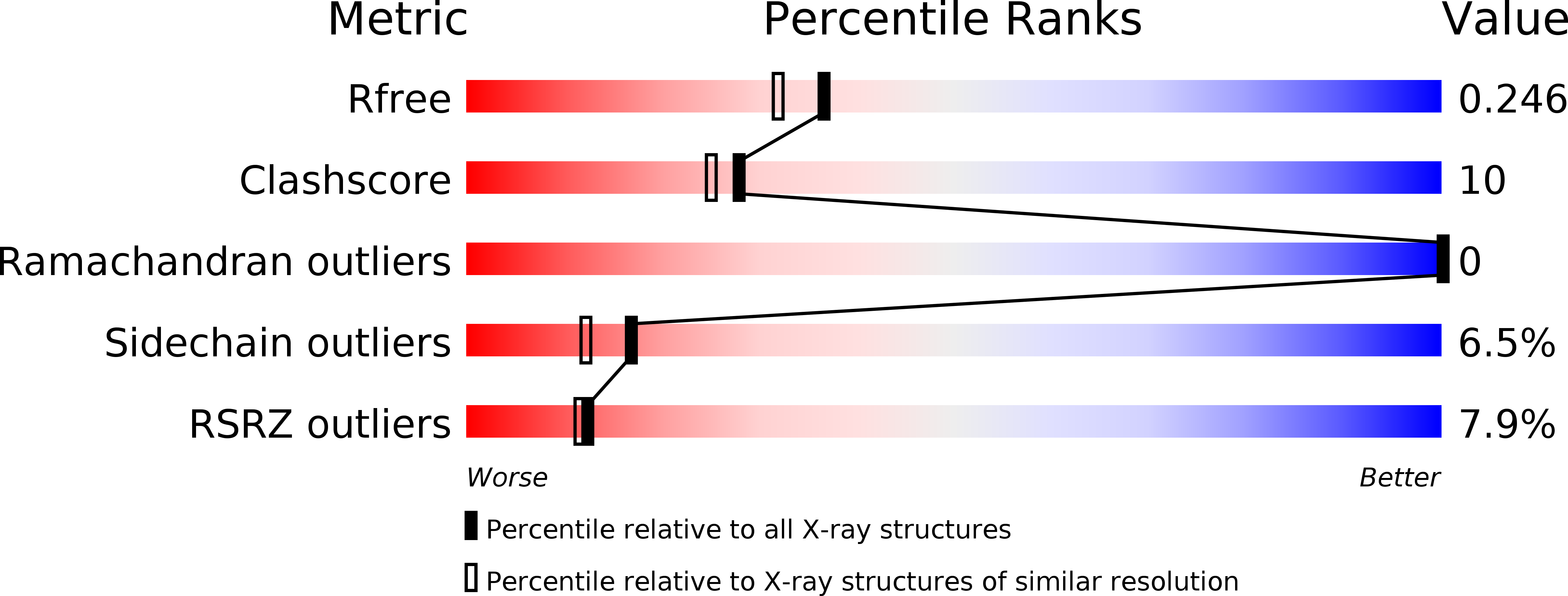
Deposition Date
2008-08-04
Release Date
2008-11-04
Last Version Date
2024-02-21
Entry Detail
PDB ID:
3E1R
Keywords:
Title:
Midbody targeting of the ESCRT machinery by a non-canonical coiled-coil in CEP55
Biological Source:
Source Organism:
Homo sapiens (Taxon ID: 9606)
Host Organism:
Method Details:
Experimental Method:
Resolution:
2.00 Å
R-Value Free:
0.24
R-Value Work:
0.22
R-Value Observed:
0.22
Space Group:
C 2 2 21


